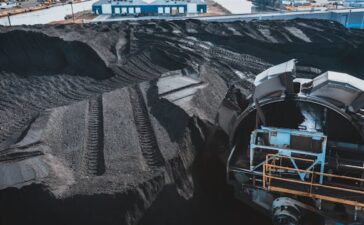There are certain risks associated with residential demolition projects and these need to be managed from the beginning. This is when structures in densely populated areas are dismantled so that urban renewal and development can be underway. You need to have proper planning and adhere to regulations when starting such a project. There are comprehensive safety protocols that can be implemented so that the wellbeing of the workers and the residents can be ensured.

Before you start the demolition project
It is important to carry out a thorough risk assessment. You can look for demolition services Perth in your area and find an experienced contractor for the job so that they can ensure the safety of the endeavour. They will visit the site to understand the structure that has to be demolished and they will also identify the presence of hazardous materials like lead, asbestos and mould. There may be potential risks associated with utilities like water, gas and electricity as well. A detailed inspection has to be carried out so that the structural integrity of the building can be determined. In this structural survey, you can find out the weak points in the building that can lead to uncontrolled collapse. Demolition has an impact on the environment as well and this will be assessed at the beginning. You need to manage noise, debris and dust that will be generated by this project.
There are local, state and federal regulations
When it comes to demolition and you need to comply with these standards. You have to obtain the necessary permits and approvals before demolition can start. You have to inform the neighbours, local authorities and residents about the demolition schedule and the safety measures that will be put in place. There are Occupational Safety and Health Administration regulations that will cover demolition safety. You need to follow these regulations regarding training of the workers on site and protective equipment used. The workers should be well trained in safety so that they understand the proper equipment to use and know how to recognise hazards. They should be well aware of emergency procedures. Some tasks will need specialised training such as operating heavy machinery, working at heights and handling hazardous materials. All workers should wear the right personal protective equipment such as safety goggles, hard hats, gloves, steel toed boots and respiratory protection.

Risks can be minimised by implementing safe work practices
There should be controlled demolition methods carried out such as mechanical demolition, implosion etc. so that precision can be achieved. This will reduce the risk of the structure collapsing accidentally. All utilities should be disconnected and verified before the project starts. Dust suppression systems and water sprays can be used to minimise airborne particles. You can contain any debris within the site by erecting barriers. There has to be clear communication channels established among the supervisors and workers so that any issue can be quickly addressed. The public has to be protected by having sturdy fencing erected around the site. There should be clear warning signs so that unauthorised access can be prevented.






